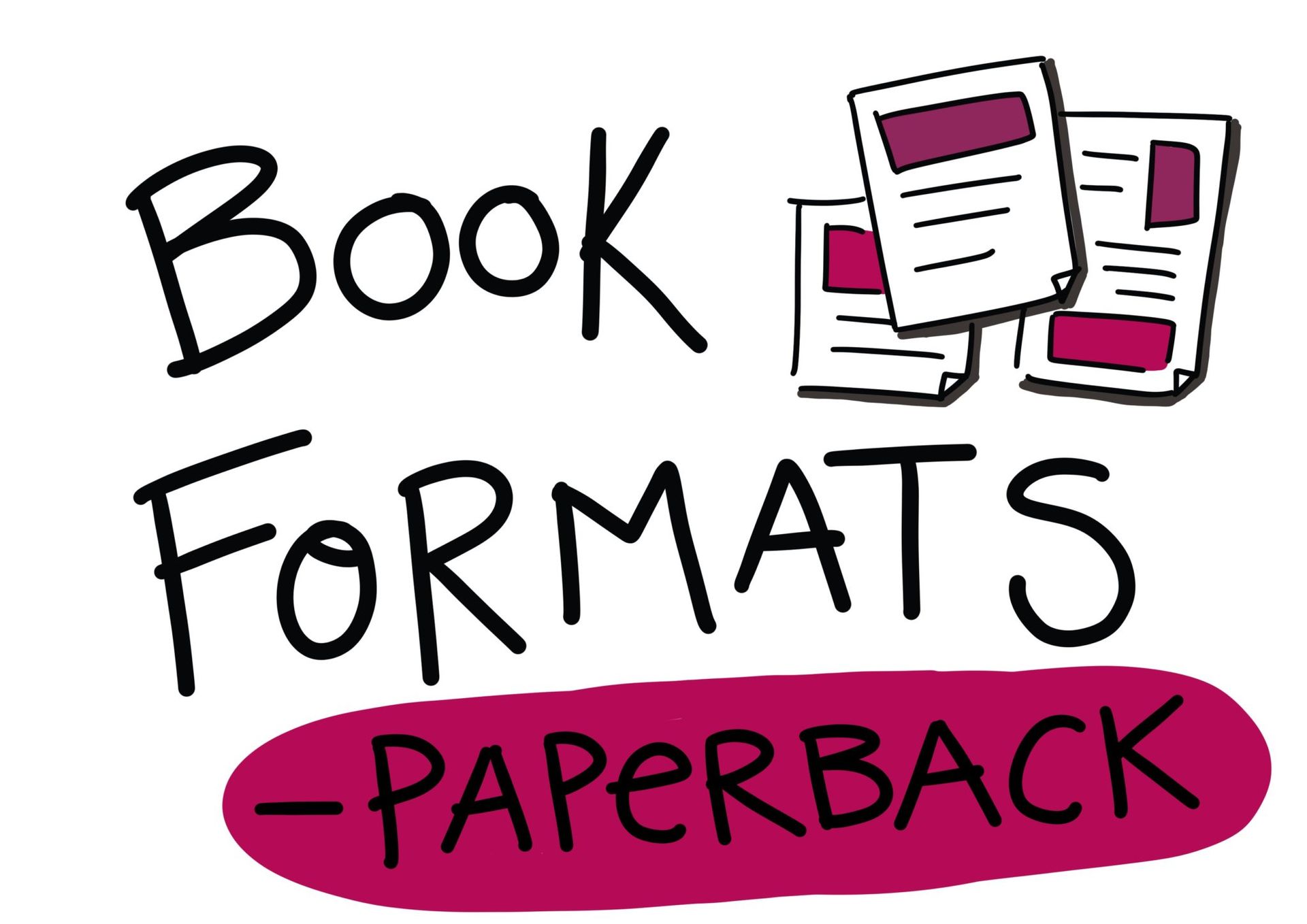Book Formats – The Paperback

The Gutenberg Press has created generations of book lovers. Since the invention of the press in the 1400s, which only produced few books at a time, there are now presses that print millions of pages a day.
The feel of the paperback and the ability to flick between pages is a feeling that is difficult to describe, yet one many of us are familiar with. There are those of us who have always dreamed of seeing our name on the front cover of a paperback. For some of you this dream has become a reality and you have seen your name in print. For others, it remains a dream and now is the the time to execute because self-publishing has never been more accessible. Focus again on your dream and get your name on the front cover of a book. Share your ideas with others via a paperback.
As with the eBook process, the development of a paperback can be as complex or simple as you desire. The amount of time, energy and money that you would like to put into your project is up to you.
Some rules of thumb that you many want to consider while planning your paperback are:
- Legal requirements for ISBN registration are the same as noted for the eBook. Please refer to previous posts for more information.
- The spine of the book should be wide enough to allow the title to be seen – your book is a piece of real estate on someone’s bookshelf. You want to be seen and remind the owner of your name on a regular basis. Practically, this means around 140 pages. How many words go on those pages will depend on how the book is designed. The range can be as little as 5000 words to as many as 30,000 words.
- How many books can you store at your home or office? You can order as few as ten or many thousands, again depending on your budget and available space. Ideally you want to store your books in a moderate temperature and minimal dust environment (no storing in the carport). This will see your books store well for one to two years.
- Where will you arrange for your books to be printed? Printing can be done by local printers or overseas or by print on demand suppliers like Amazon or Lightening source. Again, your budget and order size will determine what is most cost effective. You need to make the time to ask for quotes to understand the best option for you and your business.
- How would you like to distribute your book? Will you be packing up the books and posting them to your buyers and putting in a special message with beautiful packaging or will you will hire someone else to do this? This logistic will need to factored into your planning to ensure smooth deliver of your books to your customers.
- Will you take books with you when you present? If you regularly present then taking a few books with you can be great gift for some lucky attendees or perhaps you want to set up a stand to sell the books from the back of the room.
What items in the above list are important to you?
Would you like to see your name in print?
Plan your paperback.
No need to dream anymore, make it a reality.
You can put your words in print and leave a legacy. Take action today.

